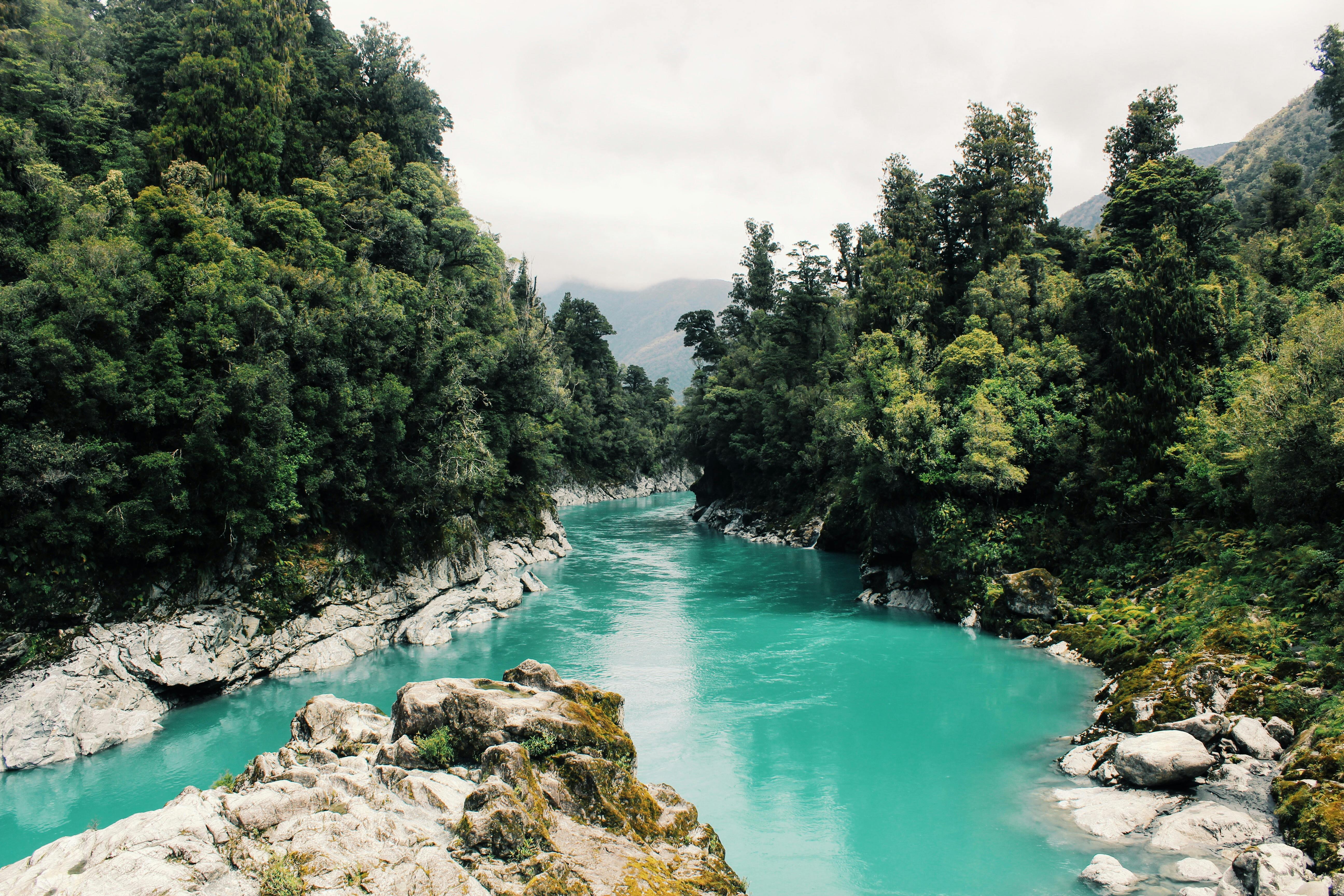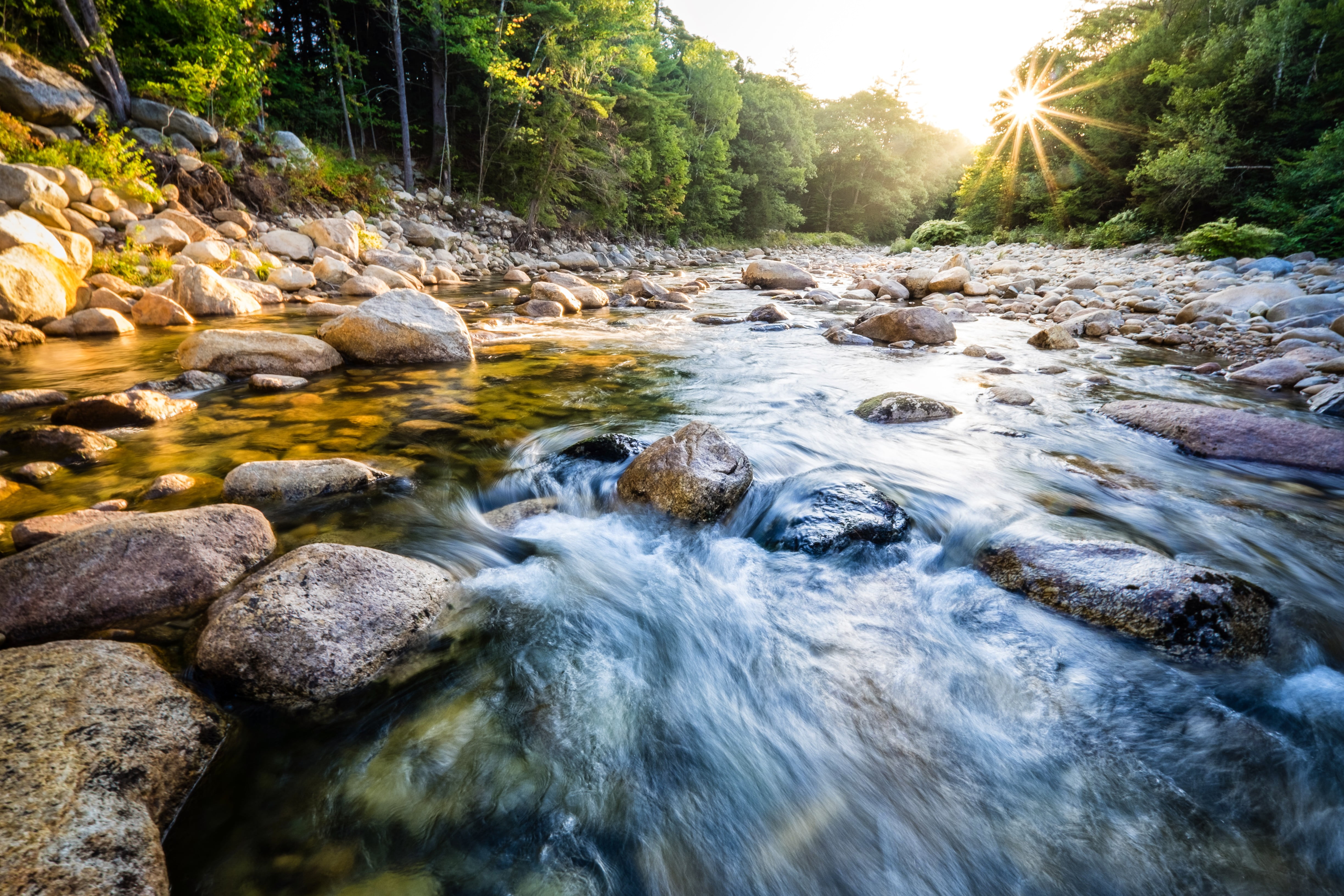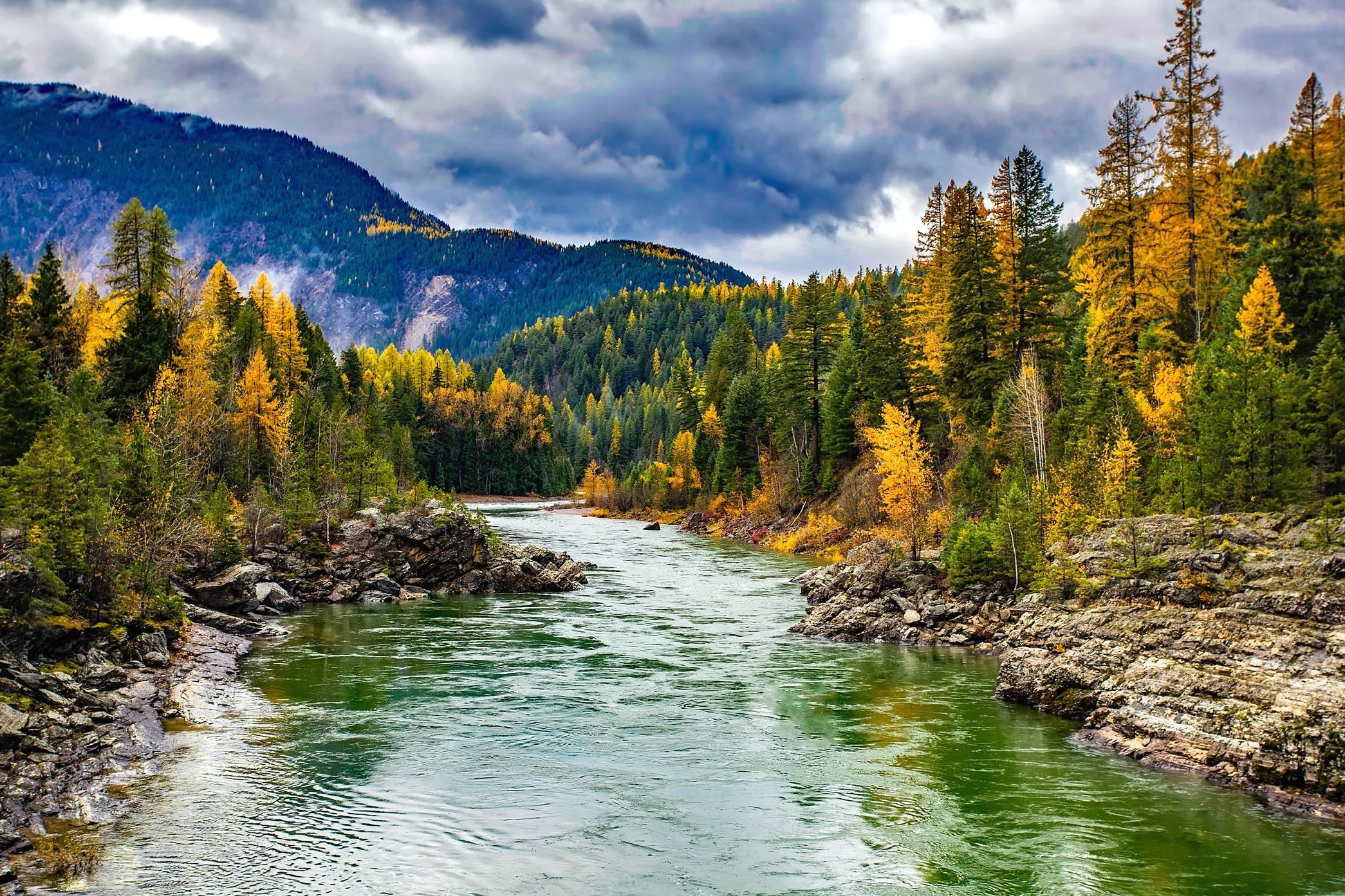River Phoenix And The Flowing Life Of Waterways
Table of Contents
- The Living Pulse of Waterways
- What Does a River Tell Us About Its Journey?
- Understanding the Force of Water
- How Do We Measure a River's Might?
- Rivers and Their Wider Connections
- Where Do Rivers Meet Other Systems?
- The Dynamic Nature of River Environments
- Can a River Truly Transform Itself, Like a Phoenix?
The natural world holds many wonders, and few things capture our thoughts quite like a river. These flowing bodies of water, in a way, shape the very land around us, providing life and, you know, influencing cultures for countless generations. They are always moving, constantly changing, and, is that, a source of endless fascination for people who study them and those who simply enjoy their presence.
When we consider the idea of "river phoenix and" in a broader sense, it might bring to mind the remarkable ability of nature to renew itself, a bit like the mythical bird rising from ashes. Rivers, too, can experience periods of significant change, sometimes appearing to recover and adapt even after facing considerable challenges. It's a powerful image, isn't it, this ongoing cycle of transformation.
Our interactions with rivers are incredibly varied, spanning from simply observing their peaceful flow to understanding their complex engineering properties and the ways they affect our daily lives. From the swift currents of a simulated waterway to the practicalities of managing water for industry, there's a whole lot to learn about these amazing natural features.
The Living Pulse of Waterways
When we look at something like swift river simulations, it shows us how people try to grasp the basic rules that govern these natural streams. These digital models, you know, help us picture how water moves and behaves under different conditions. It’s almost like creating a small, controlled version of a big river right on a computer screen, allowing us to experiment with various ideas without having to go out into the actual environment. This kind of work helps us get a better sense of how rivers operate and what might happen if things change, perhaps for instance, if more water comes into the system or if something blocks the flow. It's a way to explore the "river phoenix and" idea of constant change and adaptation in a controlled setting.
The very shape of a river, its cross section, gives us a lot of information about its character. Think about the Columbia River, for example; its specific profile helps us figure out how much water it can hold and how quickly it might flow. This kind of information is really important for folks who manage water resources, or for anyone who needs to build things near these powerful natural channels. It’s about more than just a pretty view; it's about the very practical details of how a river works, and how it might interact with the land around it, you know, over time.
What Does a River Tell Us About Its Journey?
A river’s journey can be quite long, and understanding its course involves looking at its slope, or what we call its gradient. Consider a segment of the Missouri River, for instance, as it moves across a particular area; the way its elevation changes over distance tells us a great deal about the speed of its water and its ability to shape the land. A steeper gradient often means faster water, which in turn can carry more material, like sediment. This natural process is a key part of how a river sculpts its own path, sometimes cutting deep valleys or, you know, spreading out across wide plains. It's a continuous, flowing story, really.
The speed at which a river moves is another fascinating piece of its story. If it takes a certain amount of time, say five minutes, for something to float half a mile along a river, and that river also drops a small amount in height over that distance, we can figure out its average velocity. This kind of simple observation, you know, gives us a practical measure of the river's pace. It’s not just about how fast the water is going, but also about the energy it carries, and how that energy affects everything from the riverbed to the surrounding landscape. This constant motion is what gives a river its unique feel, its very life force.
Understanding the Force of Water
Rivers carry a surprising amount of energy, which we can measure in various ways. Imagine a river flowing towards a large body of water, like a lake, moving at a steady pace and carrying a large amount of water each second. When we also know how high that water is above the lake's surface, we can figure out the total mechanical energy contained within that moving water. This energy is a combination of its motion and its position, you know, a bit like how a ball gains energy when it's high up and moving fast. It's a fundamental aspect of how rivers work and how they can be used, or how they might affect structures around them.
The way water flows within a river is not always uniform; it can depend on how far you are from the bank. For example, a river flowing straight, parallel to its banks, might have different speeds depending on the distance from the southern edge. The water might move quicker in the middle and slow down closer to the sides due to friction. This variation in speed, you know, is a really important detail for people who study water movement, helping them to predict how things like pollutants might spread or how sediment might be carried along. It paints a more detailed picture of the river's internal workings, its subtle currents and patterns.
How Do We Measure a River's Might?
Measuring a river’s physical characteristics is a common practice, and it gives us valuable information. Consider a specific river segment that stretches for a couple of hundred meters in length and is about fifteen meters wide; if there's a plan to make it deeper by a meter and a half, that involves a process called dredging. During this work, the material that comes out, which we call effluent, holds various substances. Understanding these dimensions and what comes out during such a process is, you know, quite important for managing the river's health and its surroundings, especially when thinking about the long-term impact on the water system. It's all about keeping track of the river's physical form and what changes might be happening to it.
The bed of a river also holds many secrets about its history and its current state. For instance, a riverbed might consist of a thick layer of sand sitting on top of solid, impermeable rock, with a certain depth of water above it. This kind of layered structure, you know, tells us about the geological processes that have shaped the area over a very long time. It also influences how water moves through the ground beneath the river and how stable the banks might be. Knowing these details is really helpful for engineers who might need to build structures nearby, like a cofferdam, which is a temporary enclosure built to keep water out of an area during construction.
Rivers and Their Wider Connections
Rivers often play a significant role in industrial processes, particularly in cooling systems. River water might enter a large piece of equipment, like a condenser, to help cool down hot process water that has just come from a turbine. The river water comes in at one temperature, say fifteen degrees Celsius, and then leaves at a warmer temperature, perhaps thirty-five degrees Celsius, after doing its job. This exchange of heat is, you know, a very common way that industries use natural water sources to help their operations run smoothly, especially when they are producing power, like in a Rankine cycle. It shows how rivers are integrated into our modern energy systems.
The way rivers come together is another interesting aspect of their interconnectedness. You might have one river joining another, and together they form a third, larger river at a specific meeting point. This kind of confluence is, you know, a natural phenomenon that changes the dynamics of the water flow, often increasing the volume and sometimes even altering the characteristics of the combined stream. It’s a powerful illustration of how smaller systems contribute to larger ones, creating a continuous network of waterways that stretches across the land. This joining of forces is a fundamental part of how river systems grow and evolve.
Where Do Rivers Meet Other Systems?
Rivers are not isolated; they connect with many other systems, including our daily lives and even unexpected situations. Imagine an automobile that has, unfortunately, just ended up in a river. The physics of how water interacts with such an object, like the pressure exerted on a car door, becomes really important. A door that measures thirty-six inches high and pivots on a vertical side will experience a certain amount of force from the surrounding water. This kind of event, you know, highlights the powerful physical presence of rivers and the challenges they can present, reminding us of the need for safety and a good understanding of water's properties. It’s a very real-world example of how a river can impact human activities.
Sometimes, the names of rivers even appear in the names of businesses, showing how deeply ingrained these natural features are in our collective consciousness. For instance, a company might be called "Cooper River Glass Works," which produces various items. While the business itself might be about making things, the inclusion of "River" in its name, you know, perhaps evokes a sense of flow, clarity, or connection to natural resources. It’s a small detail, but it speaks to how rivers are often seen as symbols of continuity and strength, lending their qualities to other areas of life and commerce. It’s a subtle nod to the constant presence of water in our world.
The Dynamic Nature of River Environments
Rivers are constantly moving not just water, but also materials like sediment, which is influenced by the water’s speed and the size of the grains. At very slow flow speeds, fine sediment might simply settle and build up, a process we call deposition. As the water moves faster, it can begin to pick up and carry away these materials, which is known as transport. If the flow gets even quicker, it can actually wear away the riverbed and banks, a process called erosion. This relationship between flow speed and grain size, you know, helps us grasp how riverbeds are shaped and how landscapes change over time, showing the powerful forces at play in a river's natural state.

1000+ Amazing River Photos · Pexels · Free Stock Photos

River Background Wallpaper

Free picture: natural park, reflections, river, rocks, cloud, pine tree